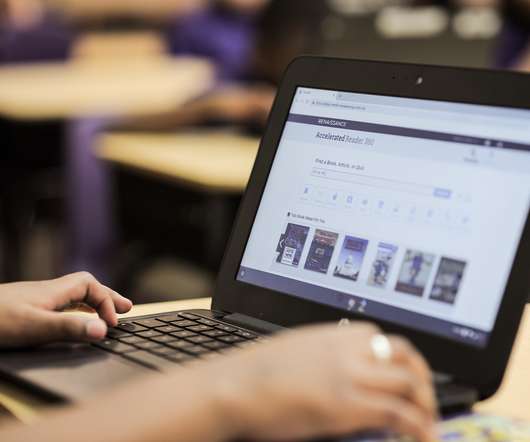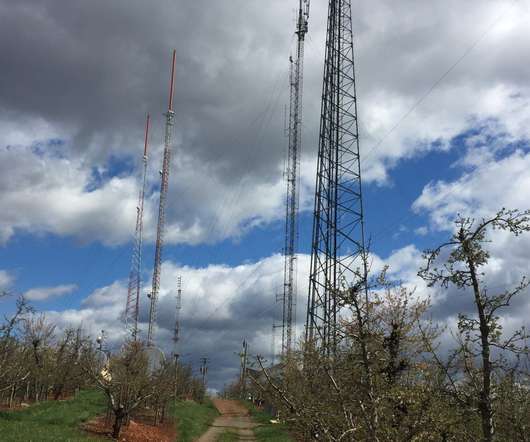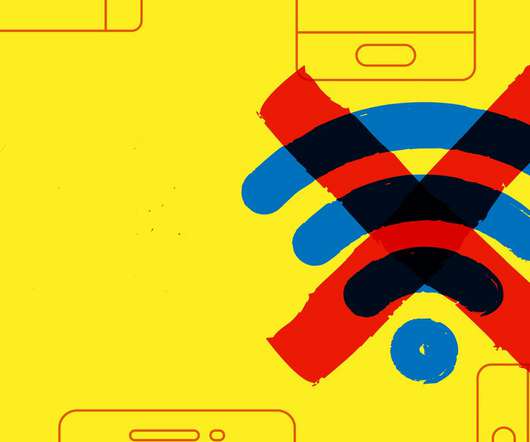Triumphs and Troubles in Online Learning Abroad
Edsurge
FEBRUARY 18, 2022
Following Monterrey’s success, other Mexican higher ed institutions have launched new online programs mirroring Monterey Tech’s model. In Latin America, only about 15 percent of higher ed institutions offer hybrid options, and only about 20 percent deliver fully online courses. In the U.S., Elsewhere, not everyone was as fortunate.


















Let's personalize your content